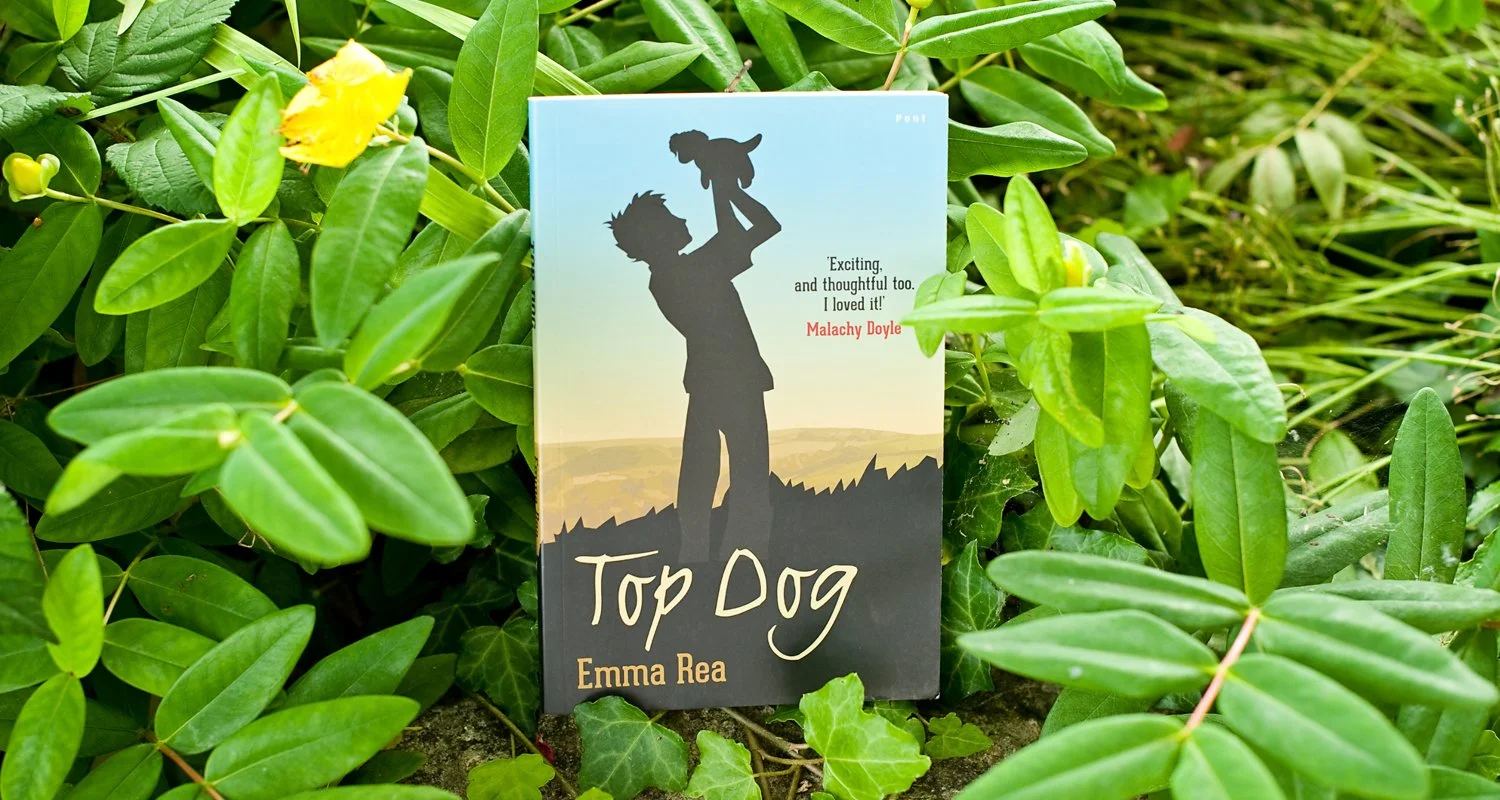Top Dog Guided Reading Notes
This slender story is packed full of interest and action, making it perfect for using with a guided reading group.
Simple and honest, Top Dog is about real children in the real world. Rooted in family, wrapped in friendship and with the genuine issues at its core that children are faced with in their everyday lives, Top Dog is a fast-paced, engrossing read.
With the whole of the summer holidays stretching out before him, Dylan has plans – big plans. Along with his little brother and his best friends, he wants to build a bike track in the fields and woodlands surrounding their homes. However, the arrival of a new boy – a townie – to their village in rural Wales sparks tension and results in conflict as Dylan struggles to keep his plans on track. Dylan sees the newcomer, Floyd, as arrogant and takes an instant dislike to him. Dylan’s brother and friends, however, like Floyd; they are in awe of his big house and cool toys, quickly earning their friendship and respect. Ultimately, Dylan is left isolated from the group as they welcome Floyd into the fold, something Dylan refuses to accept. Seeing his plans for a perfect summer crumble, Dylan seeks refuge in his grandfather’s barns where he is kept company by a litter of puppies. Here, as Dylan dwells on his anger and the injustice of his situation, he begins to learn more about his grandfather and he takes a real shine to one of the puppies and his relationship with it eventually becomes pivotal to Dylan’s story. To fill his time, Dylan comes up with a new plan- one to make his friends jealous and to show Floyd that he (Dylan) is just as good as him. To succeed with his plan, Dylan needs money and busies himself in the weeks ahead becoming an entrepreneur, raising the funds he needs.
As the relationship between Dylan and his brother and friends continues to deteriorate, Dylan becomes increasingly frustrated. In anger and pride, he says things and acts in ways that are completely out of character, only pushing his friends and family further away and cementing the rift between them. Eventually, Dylan is forced to ask himself some tough questions. Did he judge Floyd unfairly? Is he to blame for the breakdown of his friendships? Or could it be that Floyd is hiding something and is not who he says he is?
This is an excellent little story full of issues and scenarios that children will be able to identify with and will open many avenues of discussion. There are points in the story where Dylan is faced with dilemmas. What should he do? Should he tell the truth or lie? Children could discuss the Dylan’s actions and the consequences of this, considering what would have happened if he had behaved differently. Role play and drama techniques could be used to explore these ideas, possibly resulting in written work. The story perfectly shows what can happen when someone is judged too quickly. Children can discuss the reasons why Dylan and Floyd misunderstood each other and the reasons why they behaved the way that they did.
Tried and tested guided reading notes written for use with this book can be found here. As always with resources planned and prepared by someone else, these should be carefully adapted to meet the needs of the group they are to be used with.
